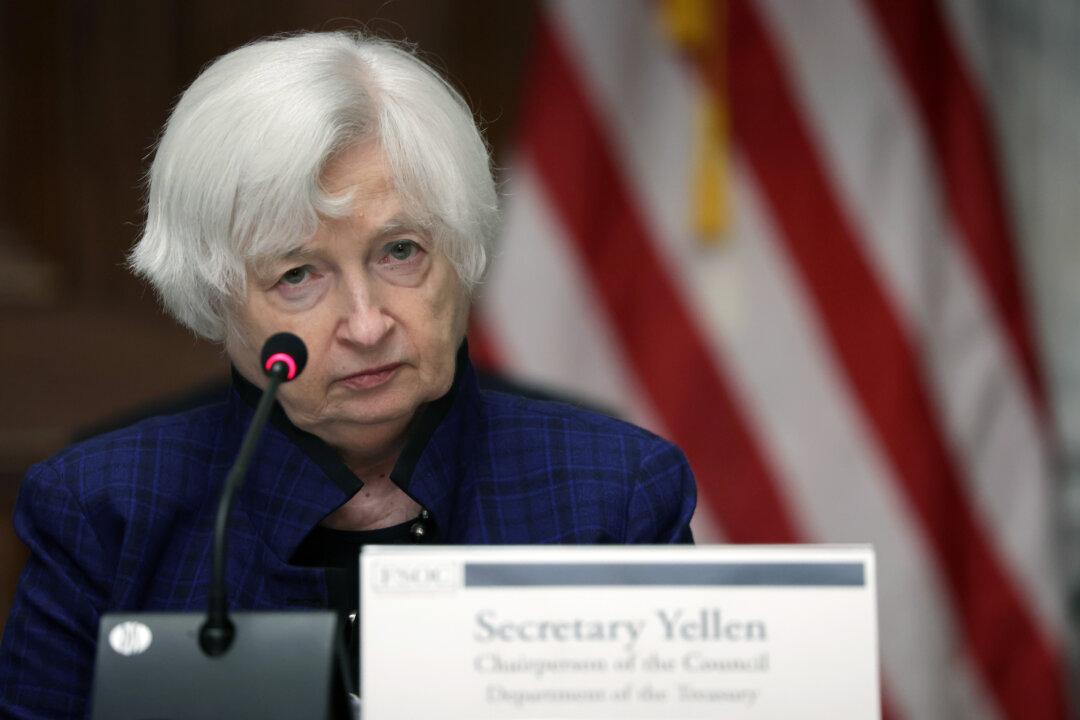The U.S. federal deficit surged 156 percent in the year through June as expenditures jumped while revenues continued to weaken, according to the Department of the Treasury.
The latest monthly Treasury statement (pdf), released on July 13, shows that the government posted a $228 billion budget deficit in June, up sharply compared to a budget gap of $89 billion in the same month last year.





